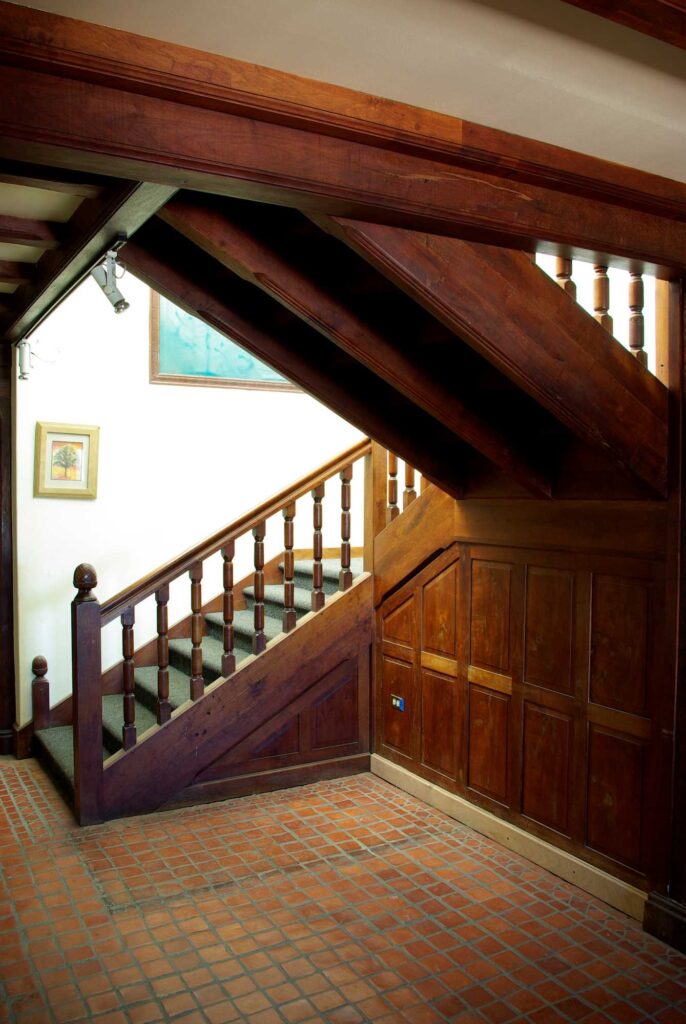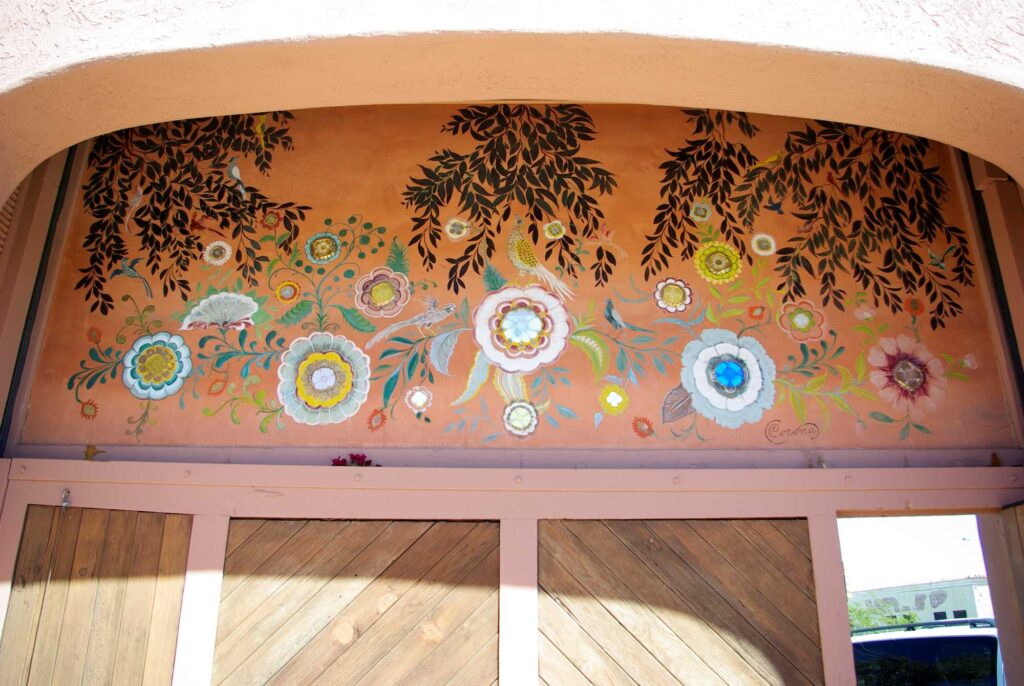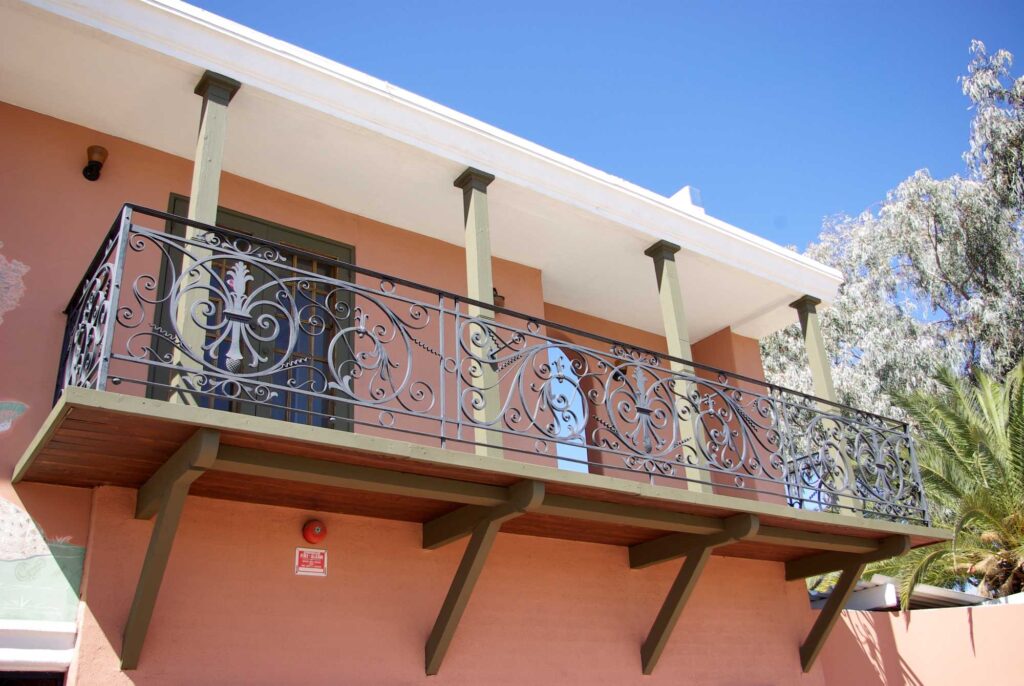- Home
- >
- Preservation Archaeology Blog
- >
- The Story of Our Headquarters
(August 2, 2023)—I’ve been thinking lately about places and their role in our stories. Humans are all about stories. We tell ourselves and others stories all the time—about our past, our future, about what things mean, about why it all matters. We can tell our stories anywhere.
I find that, at least for me, stories mean so much more when they are connected to places. “This is where that happened.” “This is where things began.” “This is where choices were made, and things changed.” Places can make our stories, our histories, our past, come alive. They give us a framework, a structure for making sense of the multiple different strands of our lives.
With this blog post, I want to begin to share some of the stories of my home, Tucson, Arizona, as they are found within a place I love and where I spend much of my time—Archaeology Southwest’s historic headquarters in downtown Tucson. In late 2009, as a partner in Prudent Preservation Partners, LLC, Archaeology Southwest purchased five parcels on the northern edge of downtown Tucson. Since then, the old and quirky buildings on those parcels have been our home. Over the years since then, I’ve spent varying amounts of my time delving into the property’s history, trying to tease out some of the stories the place wants to tell. I increased my efforts after June 2021, when Archaeology Southwest bought out its partner and became sole owner of the property.

Although there has been no digging in the ground (well, except for when our President and CEO was crawling around under the floors to make sense of ancient plumbing), my research process is much like any other archaeological project: My data comes from maps, old building plans, permits, newspaper articles, photos, oral histories, people’s memories. It’s a fun challenge to excavate the clues from these sources, compare them to what we can still see today in our buildings, and come to a better understanding and insight into the lives of Tucsonans before me.

Our property and the block surrounding it can tell many stories of Tucson in the 20th century. Some include:
- The importance of the railroad to Tucson’s growth and development
- 1920s prohibition and Tucson’s reaction to it
- The city’s architectural changes through time
- Tucson’s response to WWII and the growth of the defense industry
- The growth of automobile culture
- Tucson’s place in the development of the Southwest as a tourist destination
- The Painted Adobe Shops of the 1950s
- The 1960s art and music scene on Ash Alley
- Tucson’s mid-century leaders and decision makers
- The decline of historic downtown and the conversion of its places to parking lots
- The movement, starting in the late 20th century, to preserve and celebrate Tucson’s downtown history
- Archaeology Southwest’s long-term plans for the full use of this space

For now, watch for a blog post from me every two or three months. And please, readers, if you have any information about our property here, I would love to hear from you. So much has happened here. Tell me what you know about:
- The Mountain Oyster Club, located in the building between 1975 and 2003
- The Gilchriese Art Gallery, a short-lived endeavor in the 1970s
- and Mrs. C. T. R. Bates and their many, many modifications to the property between the mid-1950s and the mid-1970s, including any of the FIVE swimming pools they installed at one time or another on the property!
- The many, many talented artisans and craftspeople who made the property so special, including but not limited to the muralist Salvador Corona
- The shops, art galleries, music, and food of Ash Alley in the 1950s and 1960s
- The gas station on the corner of Stone and Franklin
- Strange Laboratories, a locally grown cosmetics and lotions manufacturer and distributor in the 1940s and 1950s
- Studio Strange, Major Merle Strange’s art gallery, bookstore, and tearoom on the premises prior to Strange Labs
- A devastating fire, perhaps, in the 1930s?
- The many different individuals and families who lived and worked in these buildings throughout the 20th century
- The buildings that once were here and are no more
- And anything else you might know!
Let’s make some of these stories come alive again. Contact me at lpierce@archaeologysouthwest.org or 520-849-6477. Join us in reclaiming and preserving these stories of Tucson’s past before they are out of reach forever.
Explore the News
-
Join Today
Keep up with the latest discoveries in southwestern archaeology. Join today, and receive Archaeology Southwest Magazine, among other member benefits.